As you most likely already know, there is a lot more to interior design than painting walls and moving furniture around. One element that is present in all corners of the interior is lighting and the lack thereof. It is a crucial aspect of interior design and knowing how to work with it will either make or break your atmosphere.
This is where natural lighting comes in. Ask any professional interior designer or read the best books on how to nail the interior and it’s likely that all of them will mention the importance of natural lighting. Unfortunately, the overreliance on artificial light can make interiors look bland and somewhat drab.
Natural lighting in building design, on the other hand, is far more dynamic and adds far more character to interiors than any amount of artificial light. Having too much natural light could be distracting, whereas excessive artificial light is not mentally or physically healthy either. Find a good balance between natural and artificial light for the best results when it comes to working with light.
Benefits of Natural Light
The importance of natural lighting in architecture goes beyond biophilic design and the simple comfort of having sunlight in your home. There are proven benefits to having more natural light in your interior that impact your physical and mental well-being.

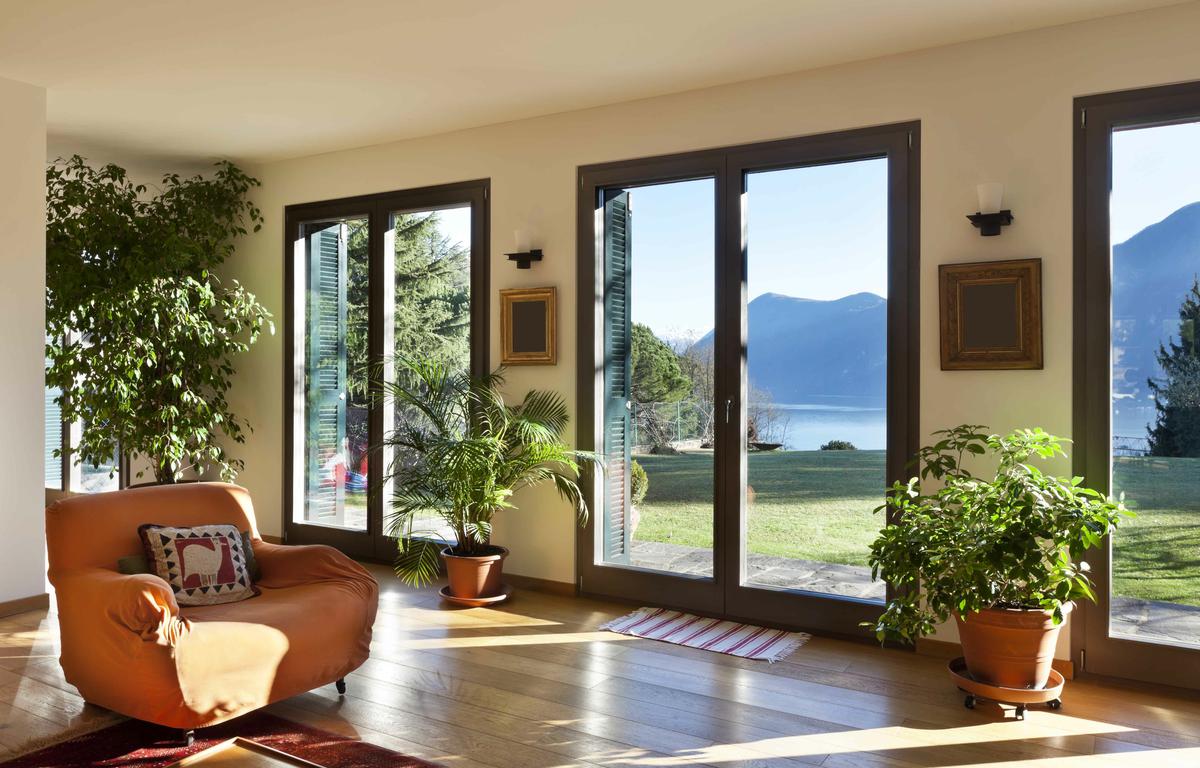
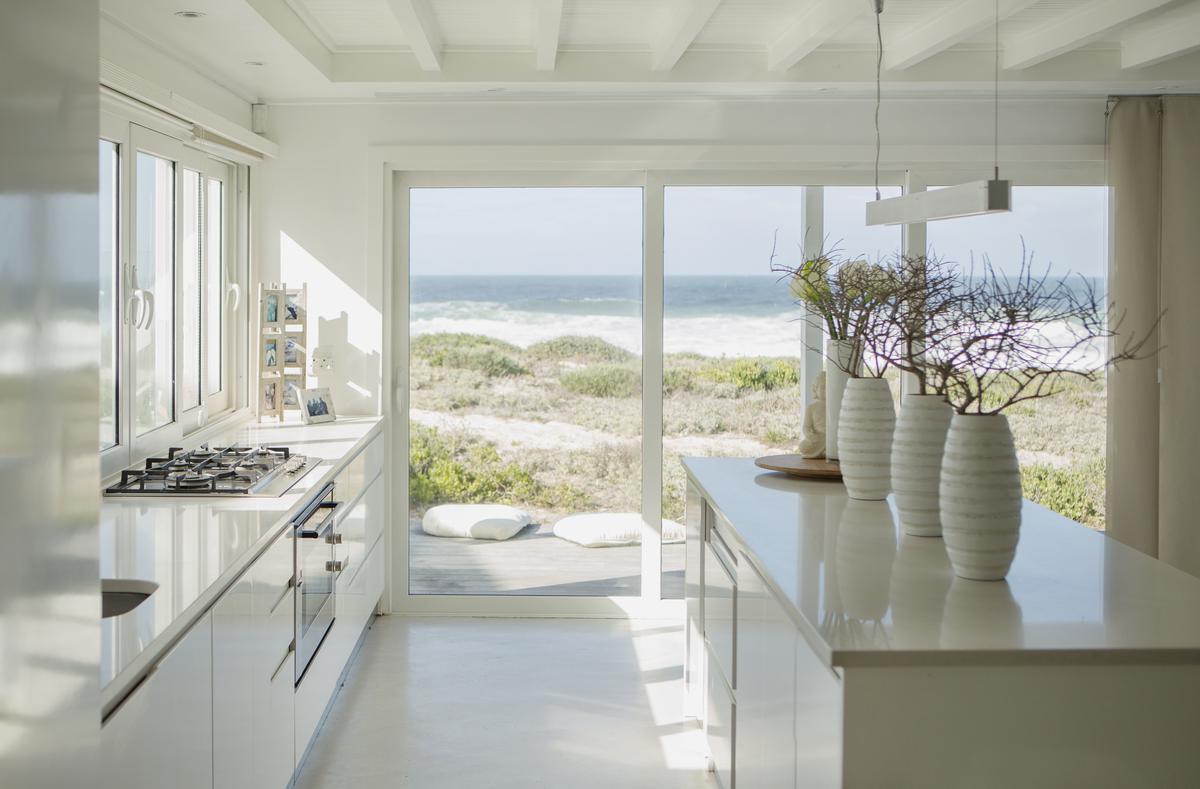
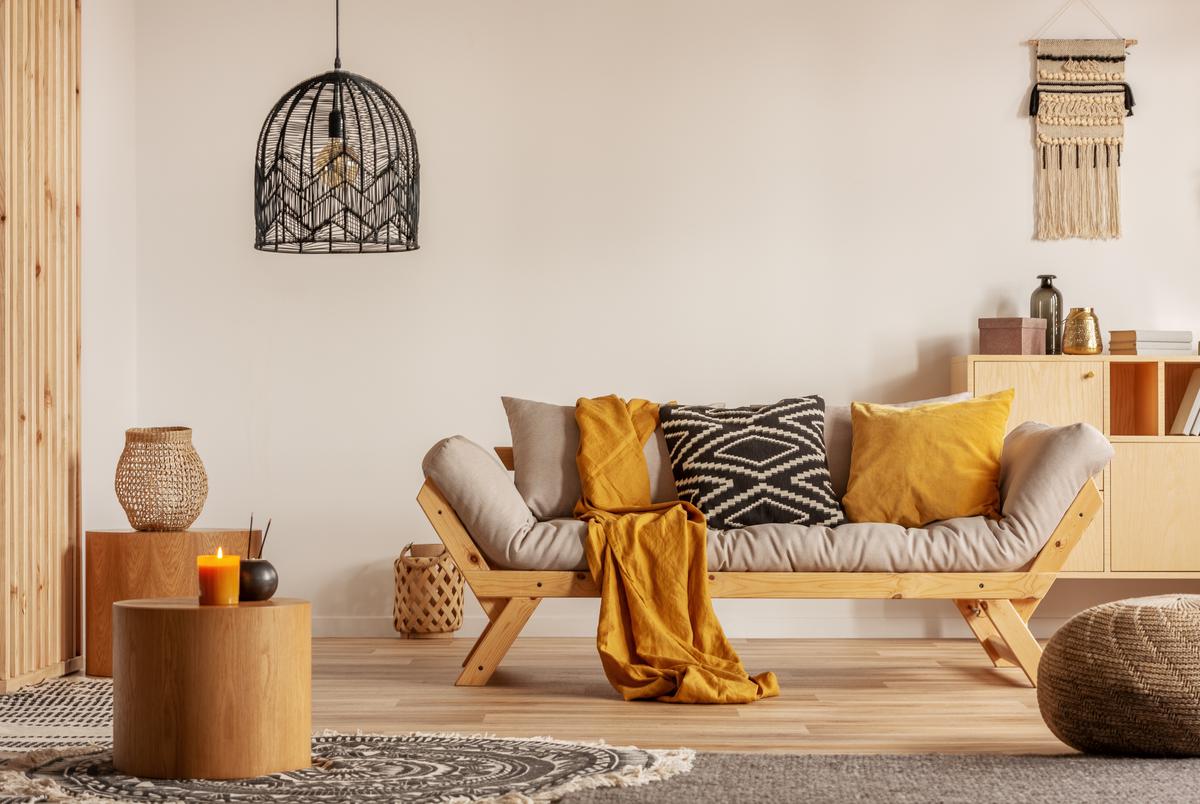
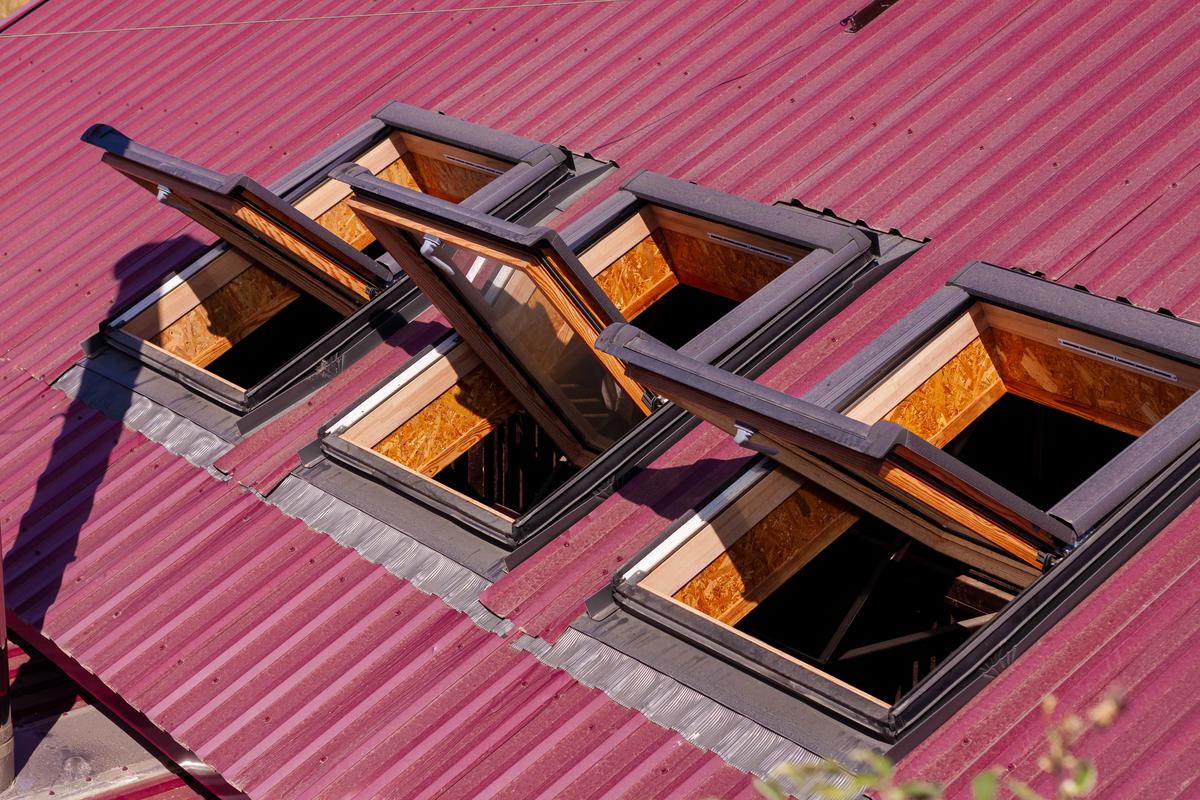
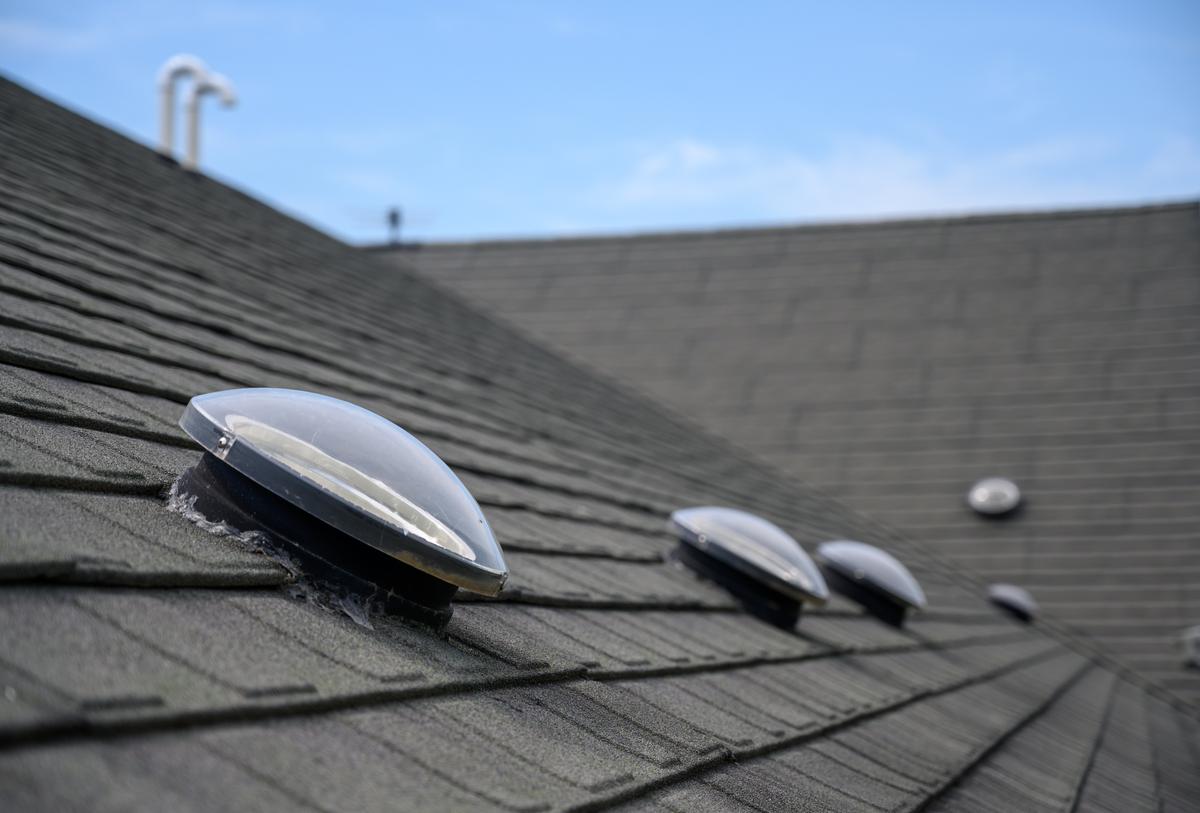
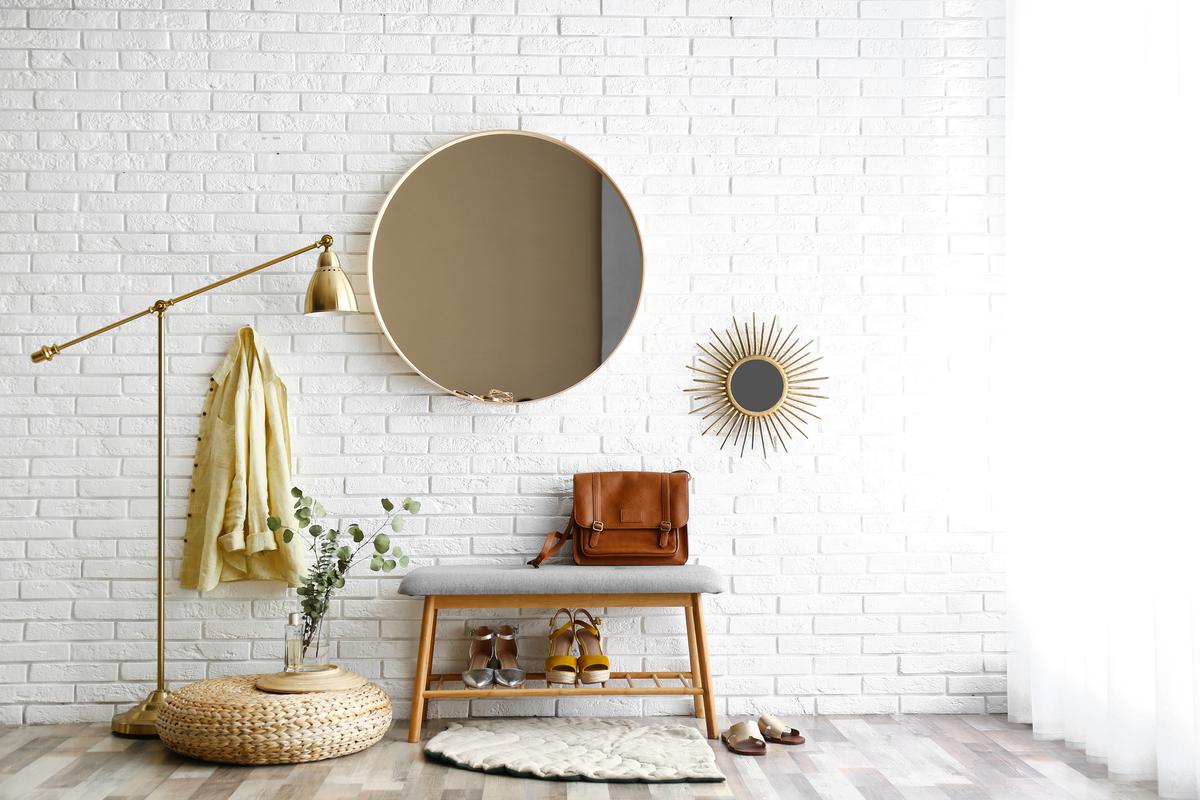
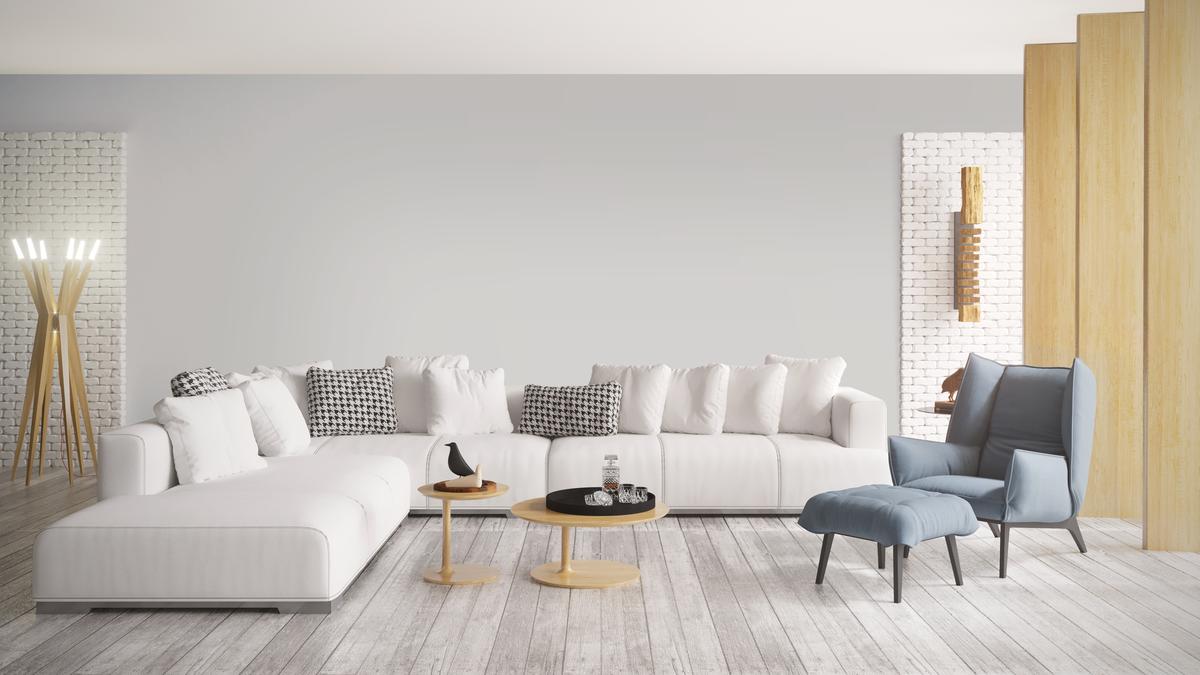


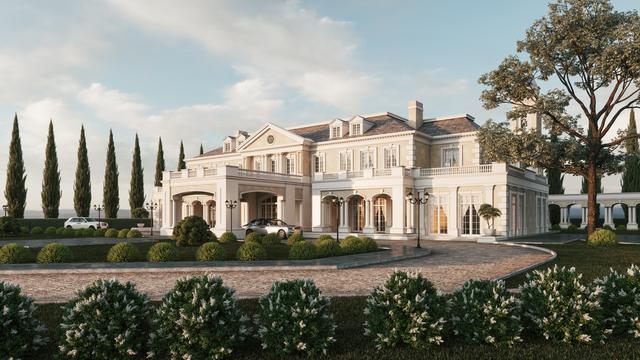
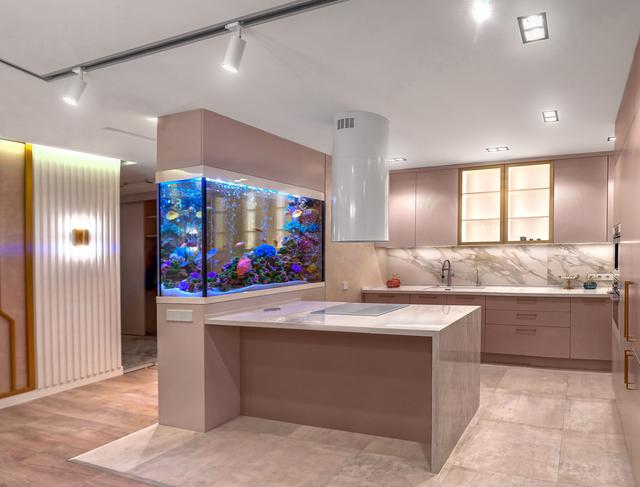
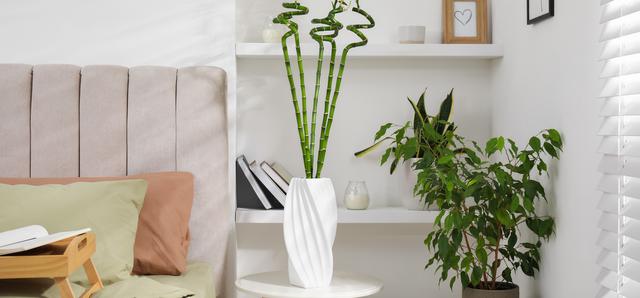
comments